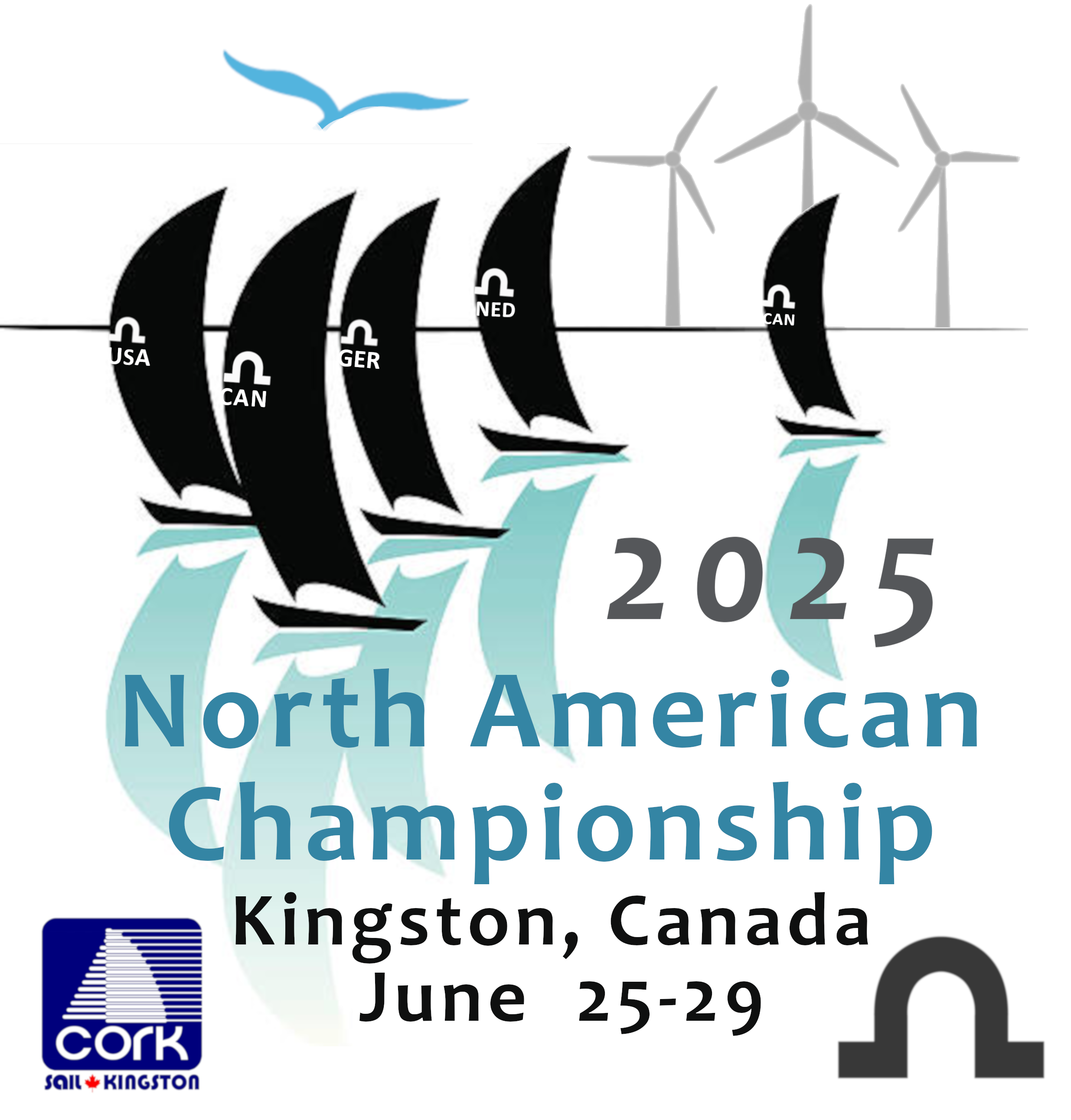Correcting Deficient Boat Speed or Height
written by Stuart Walker on September 23 of 2011 and read by 2916

USA 839 Stuart Walker, washing his middleperson Georg Stadler in medium wind conditions while bowman Johannes is controling the Jib.
@ Gert Schmidleitner
| print share via |
Please, to read this article, you must be LOGGED IN.
Also your current year membership dues PAYMENT must be OK.
print
share via Whatsapp
e-mail
COMMENTS & DISCUSSIONS
Post a Comment but LOGIN before
Post a Comment but LOGIN before
Explanations
Stuart Walker
Some confusion...
Tobias Hanke
Great article Stu
Matias Collins












